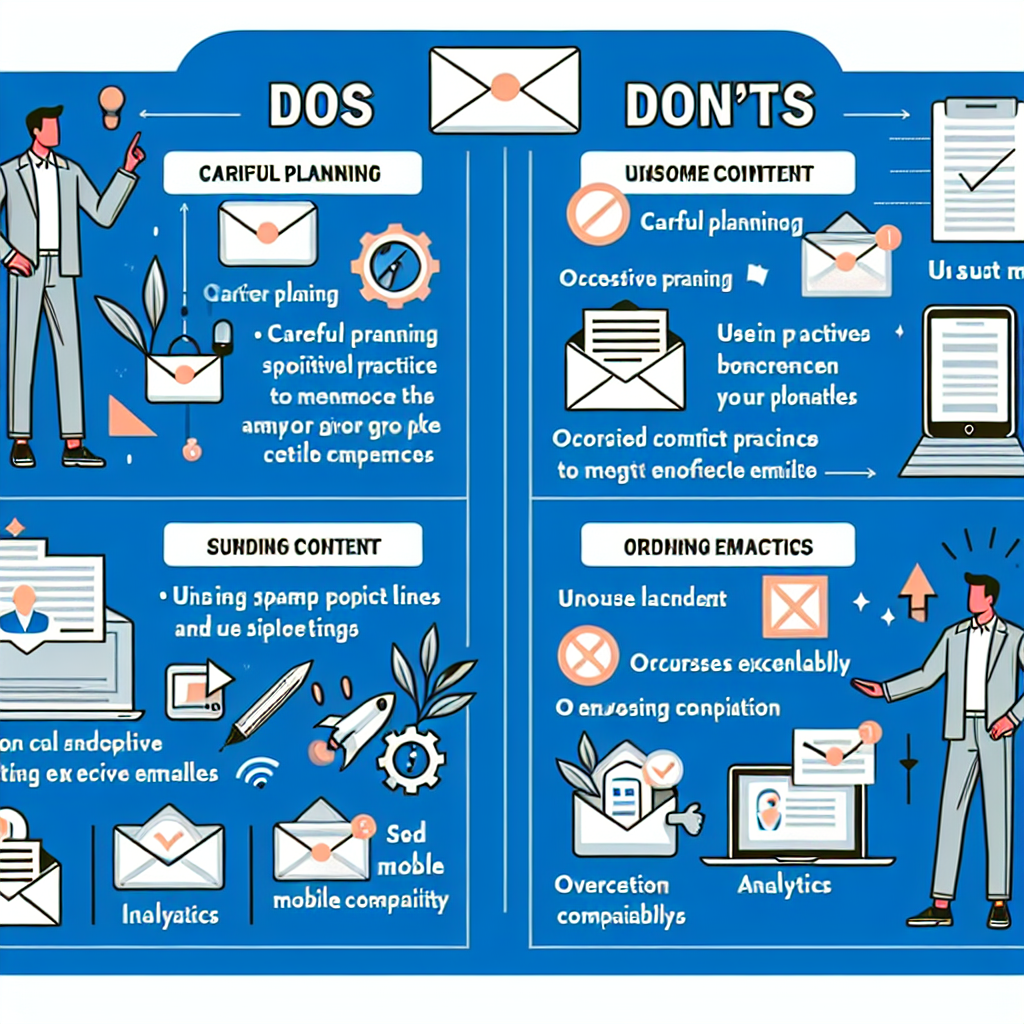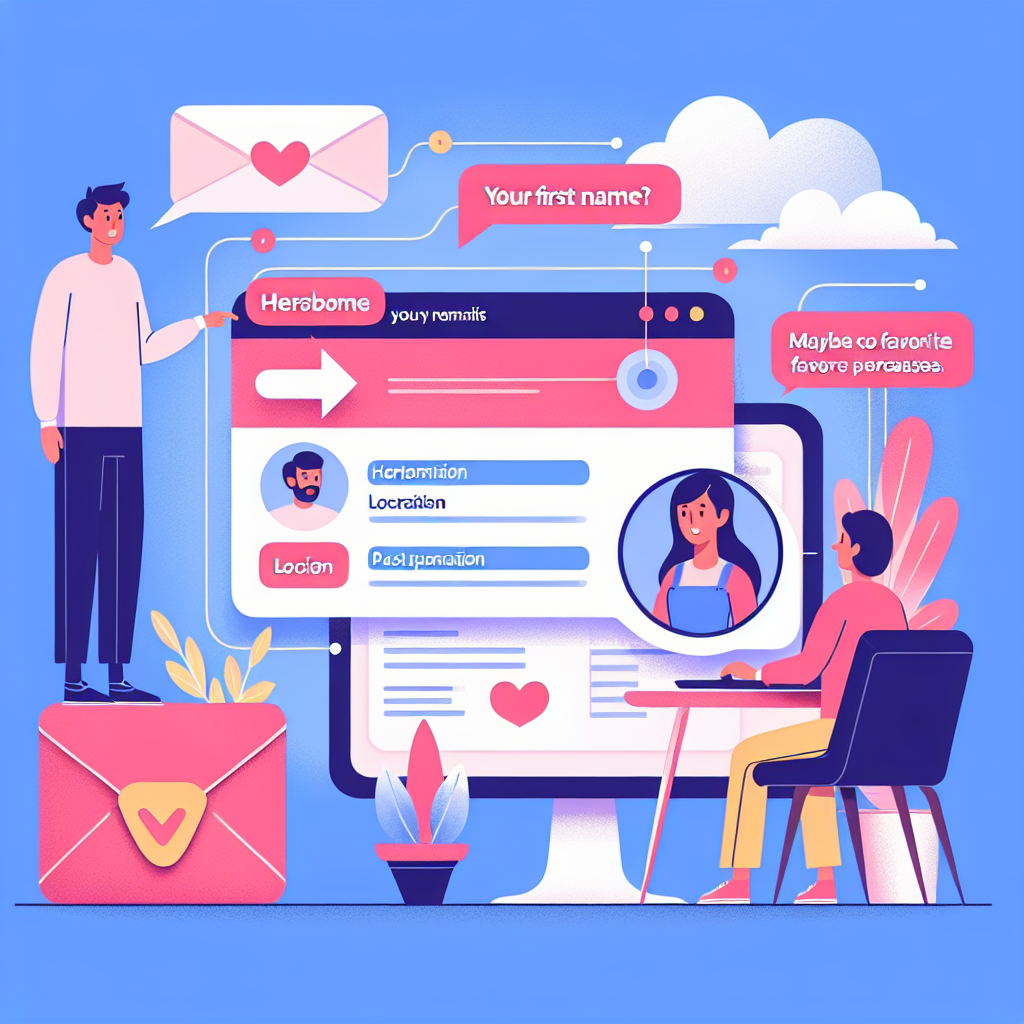Creating Compelling Email Follow-Ups
In today’s fast-paced digital world, email remains a crucial communication tool for businesses and professionals alike. Yet, one of the most overlooked aspects of effective email communication is the follow-up. A compelling email follow-up can be the difference between a closed deal and a lost opportunity. In this comprehensive guide, we will delve into the art of creating compelling email follow-ups that can help you bolster your response rates and achieve your goals.
Why Email Follow-Ups Matter
Email follow-ups are more than just a reminder of a previous conversation. They serve multiple purposes, such as nurturing leads, building relationships, and keeping your brand top-of-mind. According to HubSpot, 80% of sales require five follow-up calls after the initial meeting, but 44% of salespeople give up after just one follow-up. This statistic underscores the importance of persistence and strategy in your follow-up efforts.
Best Practices for Crafting Compelling Email Follow-Ups
1. Personalize Your Follow-Ups
Personalization is key to making your follow-up emails stand out. Use the recipient’s name and reference any previous interactions or specific details relevant to them. According to Experian, personalized emails deliver six times higher transaction rates. For instance:
Instead of saying:
“Hi, just following up on our last conversation.”
Say:
“Hi [Recipient’s Name], I enjoyed our discussion about [specific topic] last week. I’m following up to see if you had any further thoughts on [specific point].”
2. Provide Value
Every follow-up email should offer something of value to the recipient. This could be a useful resource, a new piece of information, or a solution to a problem they might be facing. Value-driven emails show that you care about their needs and are not just pushing for a sale. A study by McKinsey found that 70% of buying experiences are based on how the customer feels they are being treated.
3. Use Clear and Compelling Subject Lines
The subject line is the first thing your recipient will see, so it needs to grab their attention immediately. A compelling subject line should be clear, concise, and relevant to the content of your email. Some effective subject line strategies include asking a question, creating a sense of urgency, or highlighting a benefit.
For example:
“Quick question about your [specific need]”
“Don’t miss out on [benefit] – Act now!”
4. Keep It Short and Sweet
People are busy, and long-winded emails are likely to be ignored. Keep your follow-up emails concise and to the point. Focus on the key message you want to convey and make it easy for the recipient to understand your purpose quickly. A study by Boomerang found that emails between 50 and 125 words had the best response rates.
5. Include a Clear Call-to-Action (CTA)
Every follow-up email should have a clear and specific call-to-action. Whether you want the recipient to schedule a meeting, provide feedback, or download a resource, make sure your CTA is easy to understand and act upon. Use actionable language and highlight the benefits of taking the desired action.
6. Timing Is Everything
The timing of your follow-up emails can significantly impact their effectiveness. Studies suggest that sending follow-up emails within 24-48 hours of the initial interaction is ideal. Additionally, consider the recipient’s time zone and work schedule to ensure your email arrives at a convenient time.
Examples of Effective Email Follow-Ups
1. The Reminder Follow-Up
This type of follow-up is sent to remind the recipient of a previous conversation or action item. It’s particularly useful for confirming meetings or deadlines. Here’s an example:
Subject: Reminder: Meeting Tomorrow at 2 PM
Hi [Recipient’s Name],
I hope you’re doing well. Just a quick reminder about our meeting scheduled for tomorrow at 2 PM. I’m looking forward to discussing [specific topic]. Please let me know if you need to reschedule.
Best regards,
[Your Name]
2. The Value-Add Follow-Up
This follow-up provides the recipient with additional value, such as a useful resource or piece of information. It demonstrates your willingness to help and keep the conversation going. For example:
Subject: Resource for Improving Your [specific need]
Hi [Recipient’s Name],
I wanted to share this [resource] that I think you’ll find valuable as you work on [specific need]. It offers some great insights and best practices that could be beneficial for your [project/goal].
Looking forward to hearing your thoughts!
Best regards,
[Your Name]
3. The Follow-Up After No Response
If you haven’t received a response to your initial email, a polite follow-up can help rekindle the conversation. Here’s how you can approach it:
Subject: Following Up on My Previous Email
Hi [Recipient’s Name],
I hope you’re well. I wanted to follow up on my previous email regarding [specific topic]. I understand you’re busy, so I wanted to check if you had any questions or needed further information.
Looking forward to your response.
Best regards,
[Your Name]
Conclusion
Creating compelling email follow-ups is an essential skill for anyone looking to improve their communication and achieve their goals. By personalizing your emails, providing value, using clear subject lines, keeping your messages concise, including a strong CTA, and timing your follow-ups effectively, you can significantly enhance your response rates and build stronger relationships with your recipients.
Remember, persistence pays off. Don’t be discouraged by a lack of response to your initial email. With the right follow-up strategy, you can turn initial silence into meaningful engagement and ultimately, success.
Start implementing these tips today and watch your email follow-up game soar to new heights!


